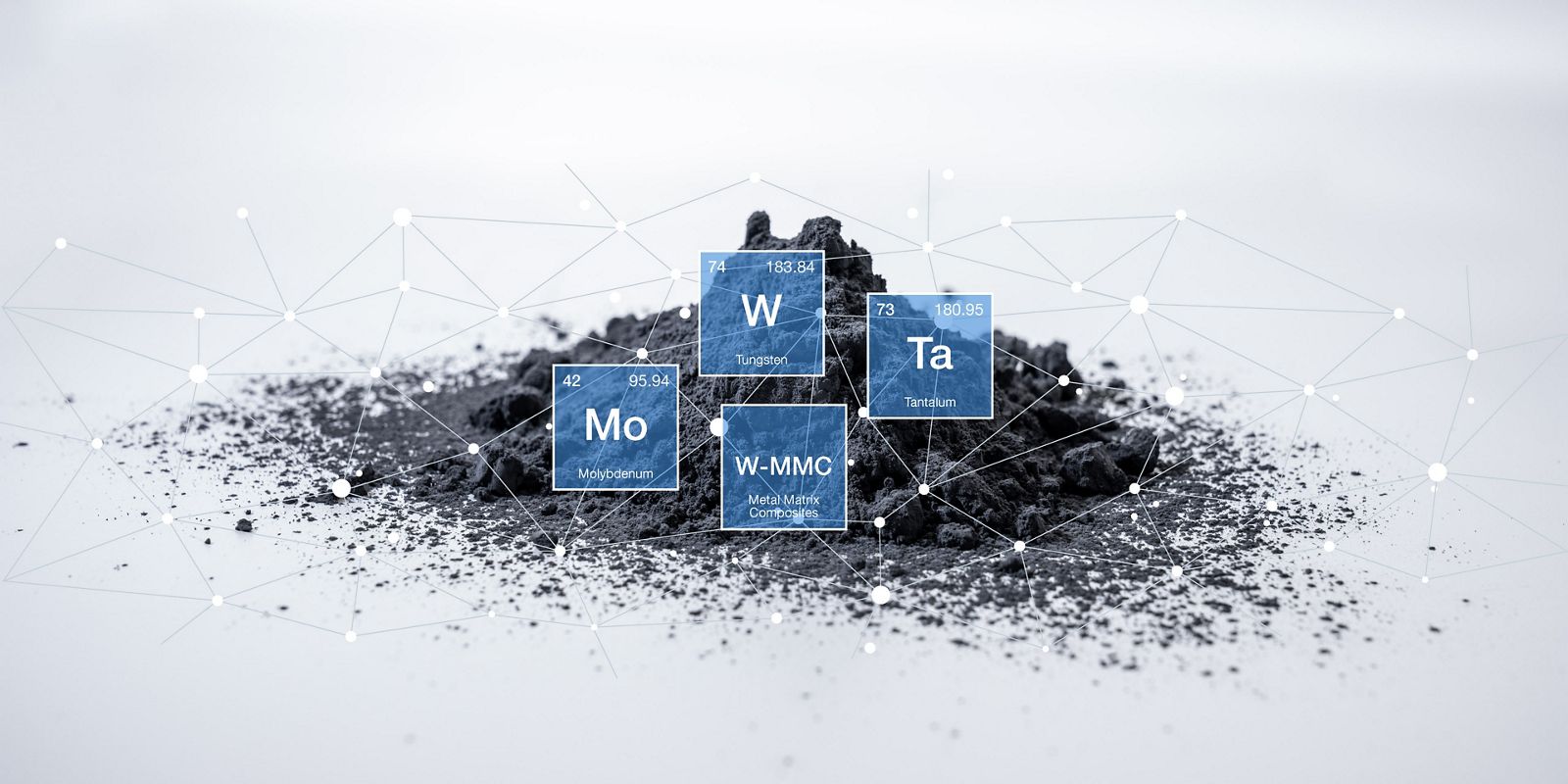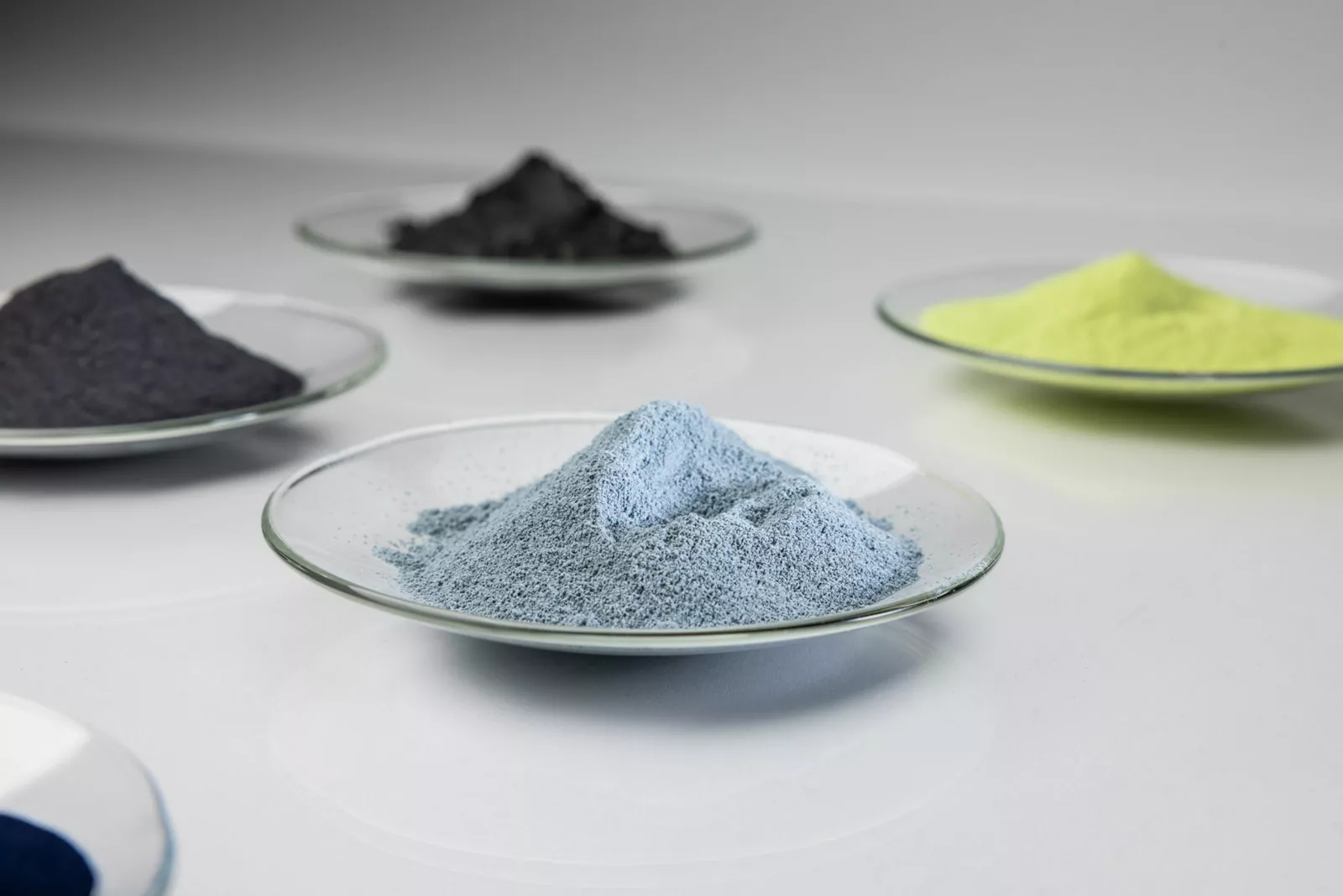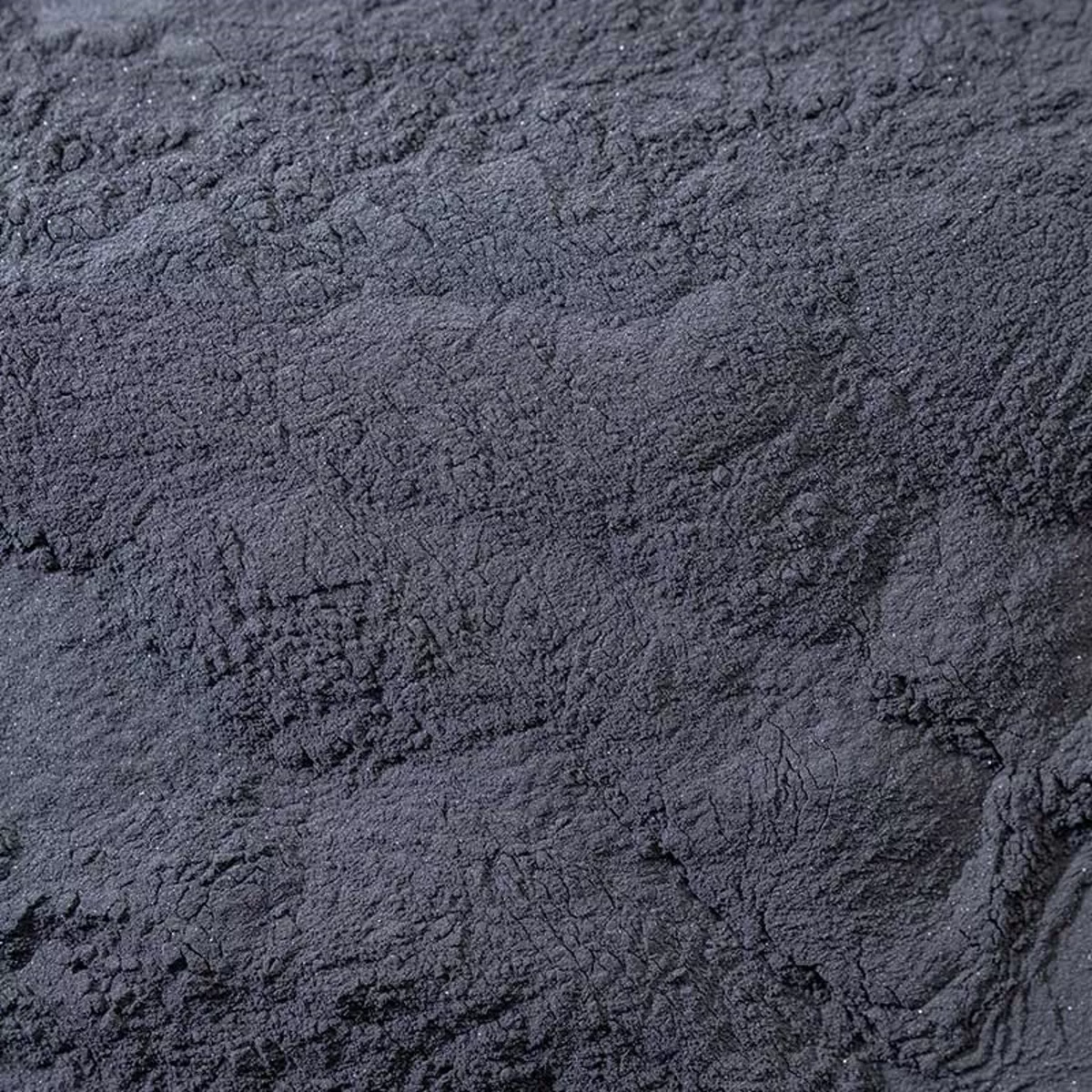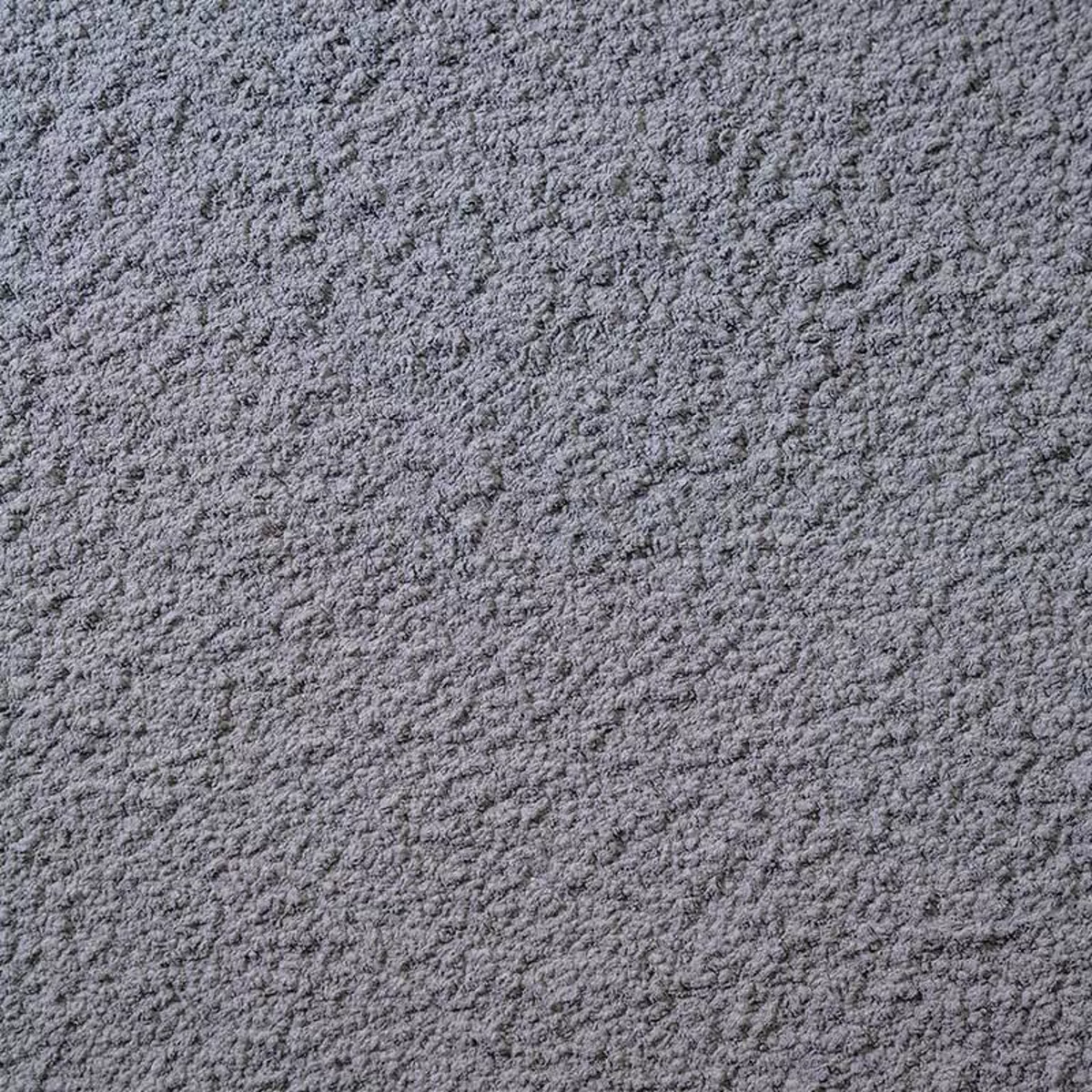
Refractory metals are our passion
For more than 100 years, we have been working with the refractory metals molybdenum, tungsten, tantalum, and tungsten-based composites (W-MMC). Special expertise is required for processing these metals. Thanks to our many years of experience in handling these materials, we are able to develop the most sophisticated products from them.
Refractory metals are known for their special properties: a high melting point, outstanding mechanical strength, good electrical conductivity, and excellent corrosion resistance. These properties make them the ideal materials for demanding industrial applications in various industries, such as the semiconductor industry, power electronics, e-mobility, and the energy industry.
Find out more about the properties and the origin of our materials. We are happy to help you select the right metal for your individual application.
Our refractory metals at a glance
On the material pages, you can find out more about the properties, application areas, and the product range of our materials. In addition, you can view the product data sheet with detailed information on every material.
Alloys with individual material properties
We enrich refractory metals with metallic and ceramic additives to form alloys. In doing so, we deliberately adapt the properties of the metals and optimize them for our customers' specific applications. Alloys such as TZM, ML, or WVM, for example, have a higher creep resistance and higher recrystallization temperature than the corresponding pure metals and therefore offer significant advantages for high-temperature applications.
In order to optimally respond to the needs of our customers, we simulate the behavior of the materials during the manufacturing and application process. This allows us to research the mechanical, physical, and chemical processes and validate our results through closely coordinated trials in collaboration with our customers.
In this way, we open up new high-tech applications to our customers through tailor-made solutions.
Contact us for your customized material solution!
Do you have a special material requirement? We are happy to advise you or develop the optimal material composition for your specific application together with you.
Get in touch, we are here for you.
Metal powder made from sustainable sources

Our metal powders are exclusively sourced from ethically, socially, and ecologically sustainable sources.
With the Responsible Minerals Initiative (RMI) certification, we guarantee to source tungsten and tantalum from 100% conflict-free regions. What's more, we guarantee a secure raw material supply through our holdings in mines in the West.
Frequently asked questions regarding refractory metals
- What are high performance materials?
High performance materials are materials that are used for demanding applications in a range of industries due to their special physical and chemical properties. They are characterized by a high melting point and high strength, high resistance to radiation and corrosion, and good electrical conductivity.
- What properties do refractory metals have?
Refractory metals are extremely heat-resistant since they have a high melting point. They only expand slightly at high temperatures and have high strength. Refractory metals are very resistant to corrosion and have good electrical and thermal conductivity. In addition, they reliably shield X-ray- and gamma radiation.
- Where are refractory metals used and what advantages do they offer over other materials?
Refractory metals are used in a variety of technical applications, including in medical technology, in the aviation and aerospace industries, in electronics, and in many other industries in which high performance and reliability are required. Due to their special physical properties, such as their high melting point, they are used as hot zones in high-temperature furnaces, as glass melting electrodes, or as switching contacts in energy transmission.
- What are the advantages of alloys in comparison to pure metal?
Alloys are formed by combing two or more elements, whereby at least one element is a metal. This means the properties can be deliberately modified and optimized for specific applications. In comparison to pure metal, they can, for example, exhibit higher strength, easier workability, or higher corrosion resistance.
- How can refractory metals be recycled?
By-products of manufacturing as well as end-of-life products and scrap from the refractory metals molybdenum and tungsten can be recycled using chemical and thermomechanical processes. Alloys and other materials such as cobalt, nickel, and tantalum can also be recycled.





